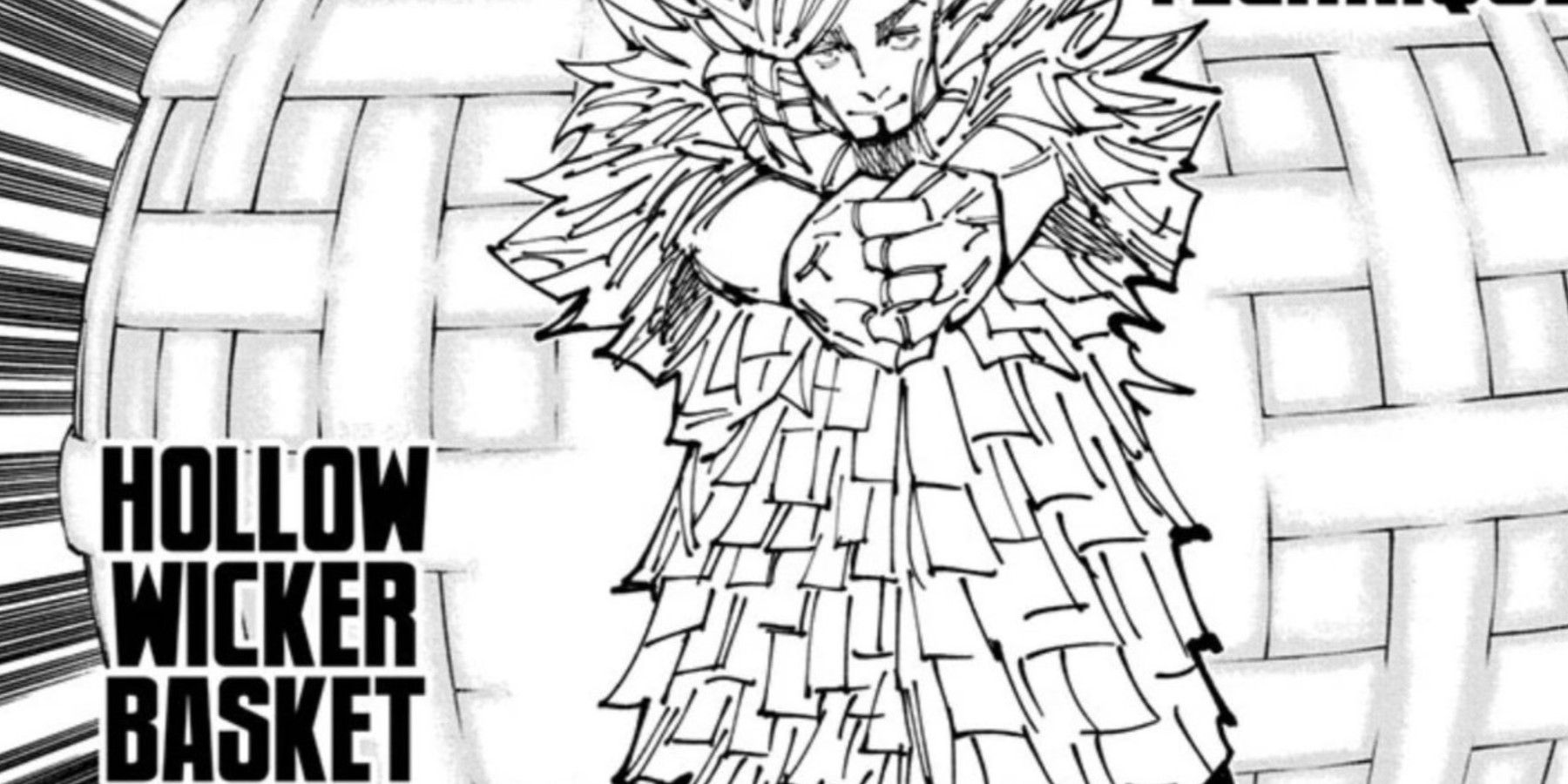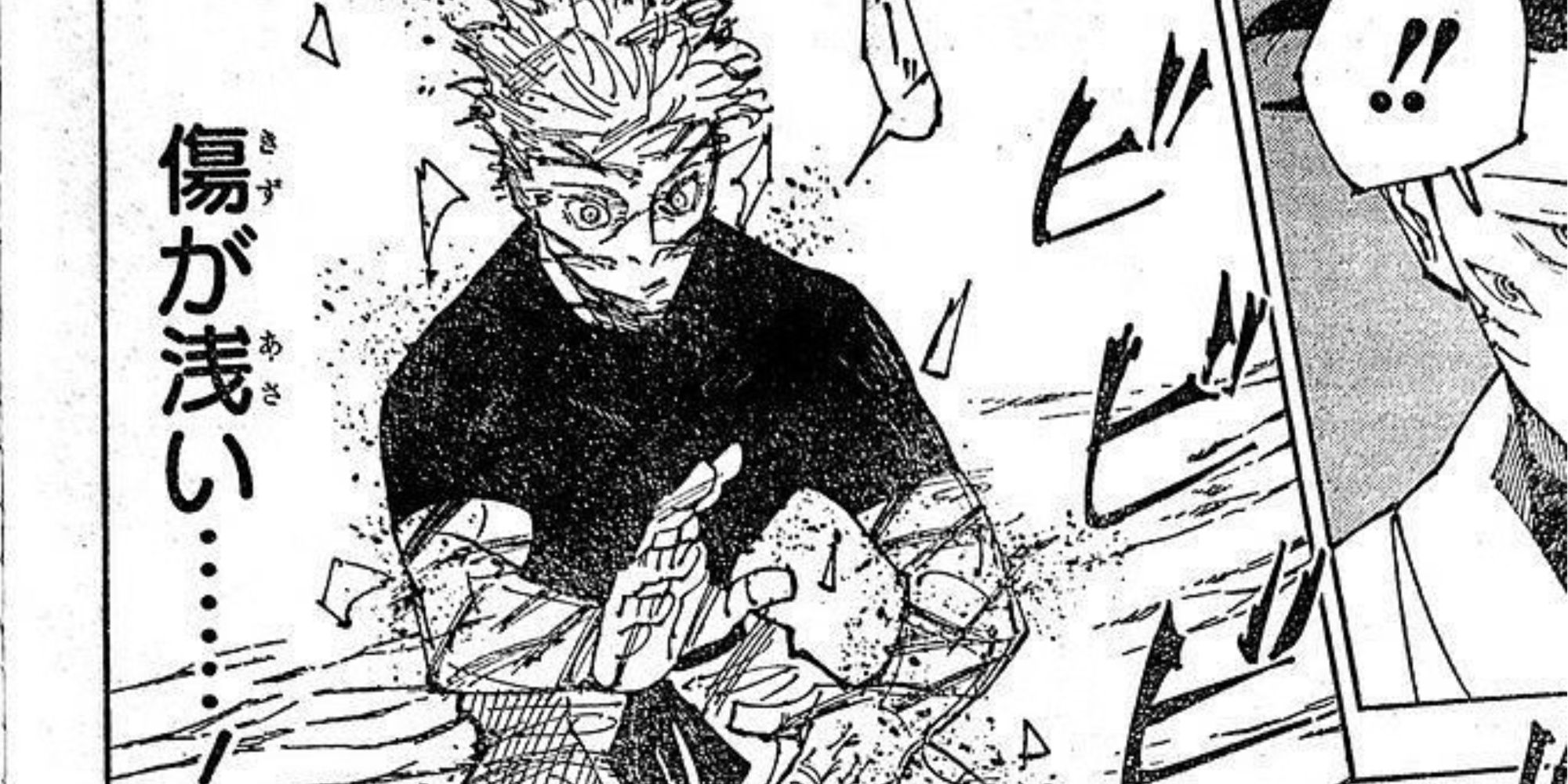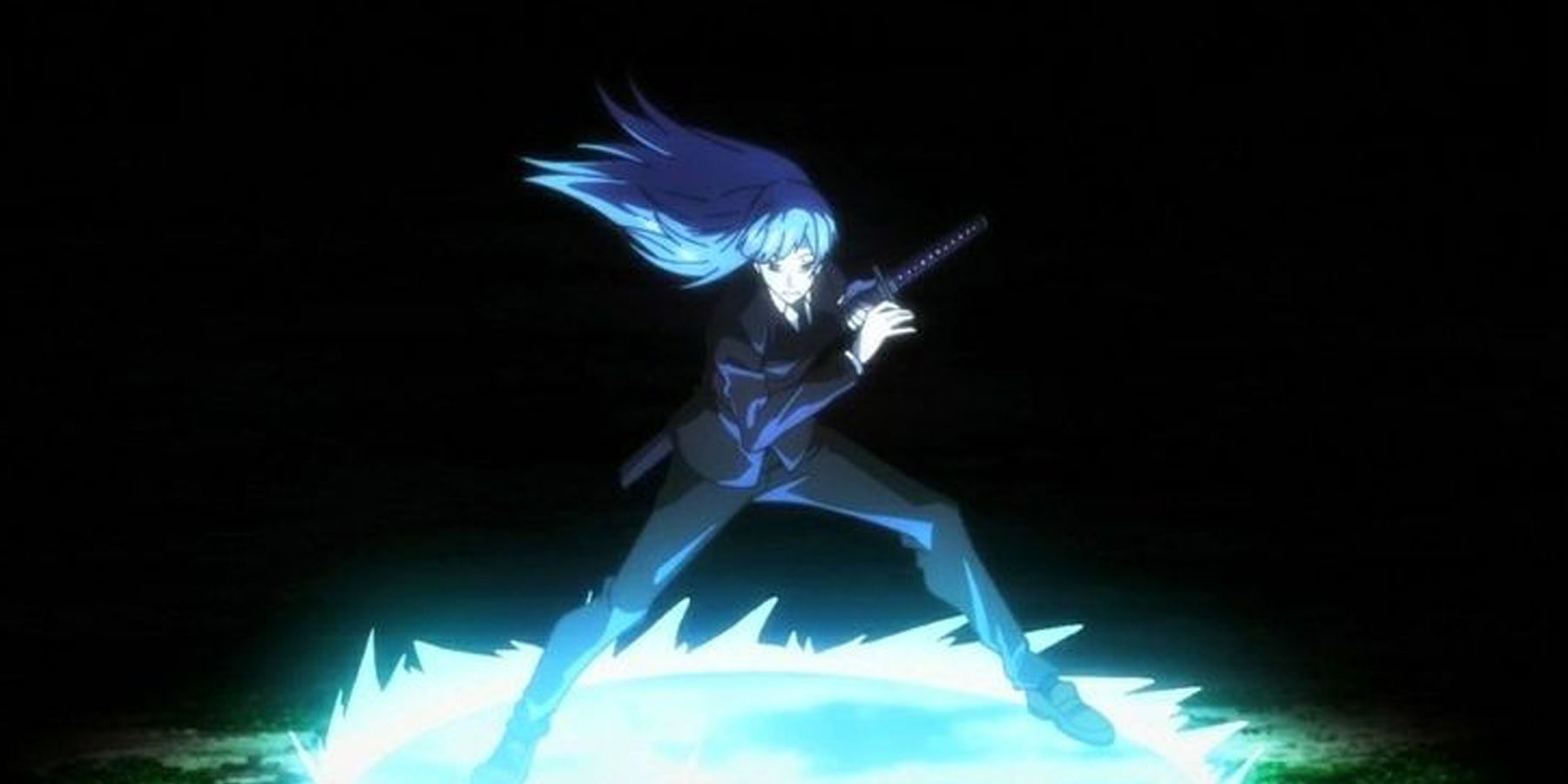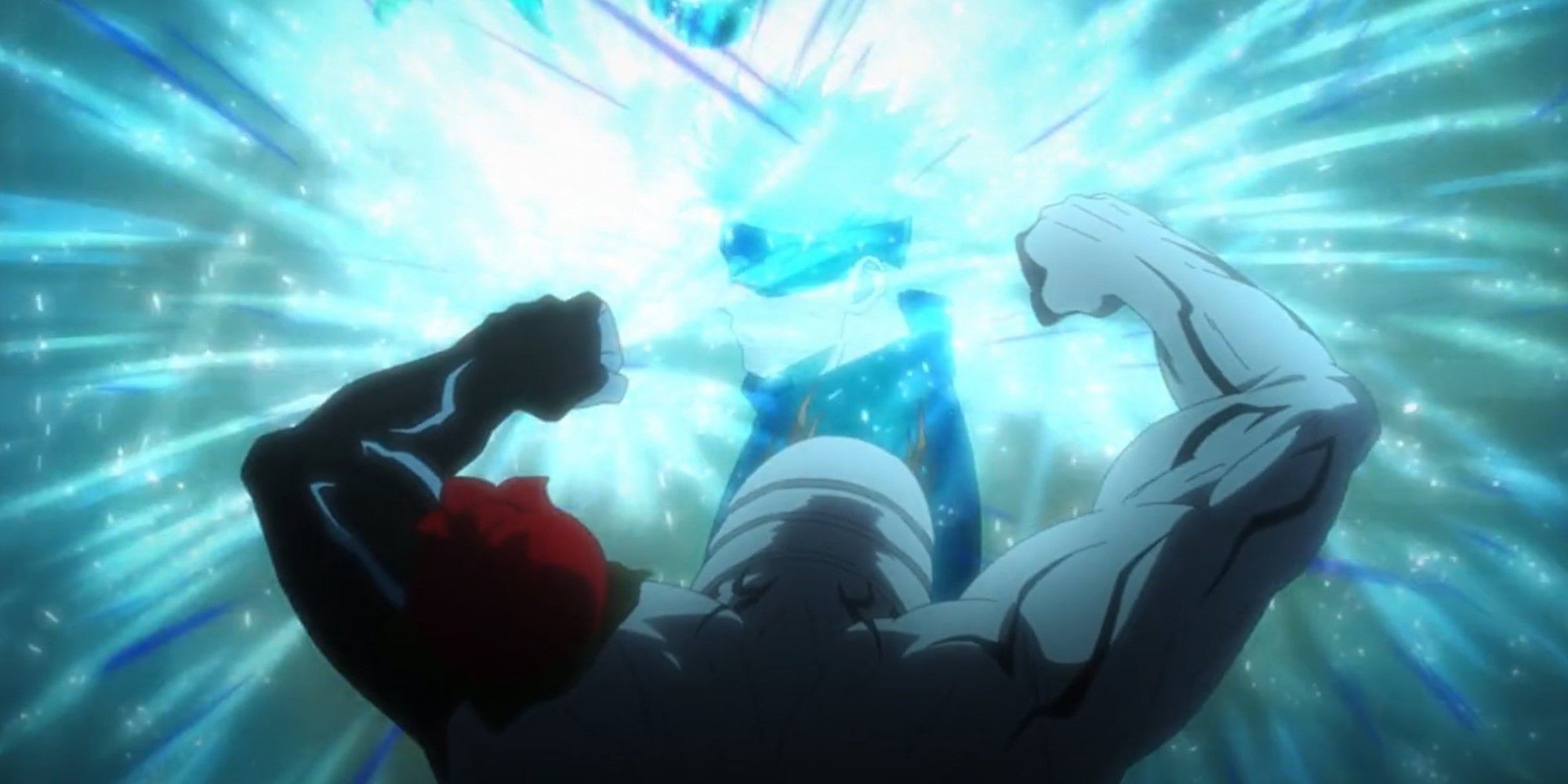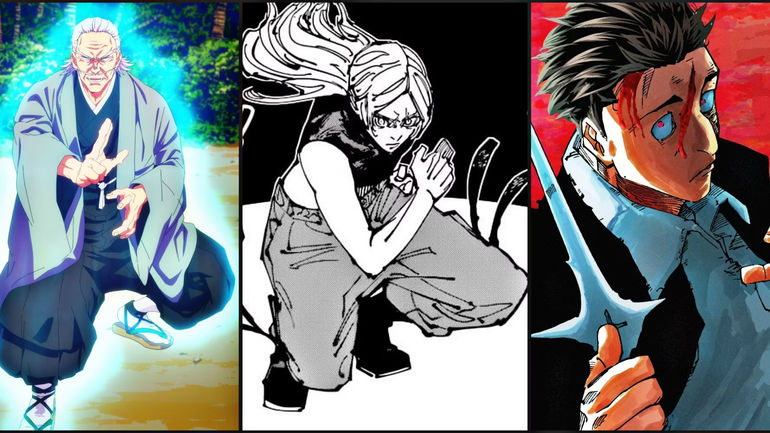
Mastering Anti Domain Techniques in Jujutsu Kaisen

Explore the top-notch Anti Domain techniques that dominate in the world of JJK. Unveil the most powerful strategies to counter Domain expansion.
Anti-domain techniques play a crucial role in the world of JJK as they serve as effective countermeasures against the powerful attacks of a Domain Expansion. While expanding one's own Domain is the ideal way to counter such attacks, it may not always be feasible in certain situations.
Therefore, the development and implementation of various anti-domain techniques are vital for ensuring survival in intense battles. Throughout the series, fans have witnessed a variety of anti-domain techniques in JJK, but only a select few can be regarded as truly exceptional.
Hollow Wicker Basket
Users: Multiple (Reggie Star, Ryomen Sukuna, etc)
Hollow Wicker Basket Jujutsu Kaisen - Users: Multiple (Reggie Star, Ryomen Sukuna, etc)
Hollow Wicker Basket is a technique dating back to ancient times, serving as a precursor to the modern domain. By performing a specific hand sign, the user can create a spherical basket-like dome around themselves. This barrier proves vital in shielding the user from the unavoidable attack of a domain expansion, particularly beneficial for individuals unable to create their own domains.
Falling Blossom Emotion
It should be noted that the anti-domain technique discussed does not work on non-lethal or incomplete domains. Its purpose is to counteract the sure-hit effect of a Domain expansion. Various characters in the series have used the Hollow Wicker Basket technique, starting with Reggie Star who used it against Megumi but was unsuccessful. Hajime Kashimo also had this ability but never fully manifested it. Sukuna, the King of Curses, is another powerful individual known to utilize Hollow Wicker Basket. He demonstrated this by neutralizing the sure hit effect of Yuta's domain expansion.
User: Naobito Zenin, Ogi Zenin, Gojo Satoru
falling blossom emotio - User: Naobito Zenin, Ogi Zenin, Gojo Satoru - Falling Blossom Emotion
Falling Blossom Emotion is a rare and powerful anti-domain technique in the world of JJK, developed by the Big Three Families and passed down only among them. Unlike a simple domain, this technique does not create a domain to counter the sure-hit attack of a domain expansion.
Instead, it envelops the user's body in cursed energy, matching the amount needed to resist the sure-hit effect of a domain expansion. While unconventional, Falling Blossom Emotion is effective in most cases.
Fans have witnessed various characters demonstrate the incredible ability known as Simple Domain, including Naobito Zenin and Ogi Zenin. One drawback of this technique is its inability to completely block physical attacks, leaving it vulnerable in certain situations. Gojo Sato, the most powerful sorcerer of the modern era, has also mastered this technique since childhood. During his intense battle against Sukuna, he effectively utilized Simple Domain to lessen the impact of Sukuna's slashing assaults after his domain collapsed for the second time.
Users: Multiple (Miwa, Gojo, etc)
miwa-simple-domain - Users: Multiple (Miwa, Gojo, etc) - Simple Domain
Simple domains were created specifically to combat the overwhelming power of sure-hit attacks from a domain expansion. Initially kept secret, the capabilities of these techniques quickly became known and widespread. The simple domain forms a protective barrier around the user, allowing them to defend against enemy domain expansions.
While generally effective, a simple domain can easily break against exceptionally powerful domain expansions. However, when used strategically, simple domains can be a crucial defense within a domain expansion. Fans have witnessed the offensive potential of a simple domain in action through characters like Miwa and others in the story.
Domain Amplification
Users: Multiple (Gojo, Sukuna, Higuruma, etc.)
Domain Amplification Hanami Jujutsu Kaisen - Users: Multiple (Gojo, Sukuna, Higuruma, etc.)
Domain Amplification is considered one of the most effective anti-domain techniques in JJK. This technique involves the user enveloping their entire body in a thin veil of their own domain, which allows them to counteract and nullify any domain expansion or cursed technique directed towards them. While it may not provide protection against physical attacks, it has the ability to neutralize any technique infused with cursed energy.
Utilizing domain amplification comes with a major drawback - users are unable to use their natural abilities while maintaining this state. Consequently, they must depend on hand-to-hand combat when activating domain amplification. However, proficient users have the ability to seamlessly transition between the two techniques as if there were no limitations in the first place.
Editor's P/S:
This article provides a comprehensive overview of various anti-domain techniques in the world of JJK. It effectively highlights the importance of these techniques in countering the powerful attacks of a Domain Expansion, especially when expanding one's own Domain is not feasible. The detailed descriptions of Hollow Wicker Basket, Falling Blossom Emotion, Simple Domain, and Domain Amplification, along with their users and specific characteristics, offer a clear understanding of their roles and effectiveness in combat.
Overall, the article presents a well-researched and informative analysis of anti-domain techniques in JJK. It enhances the reader's understanding of the complex mechanics and strategies involved in battles within the series, showcasing the creativity and diversity of techniques employed by characters to overcome the challenges posed by Domain Expansions.
